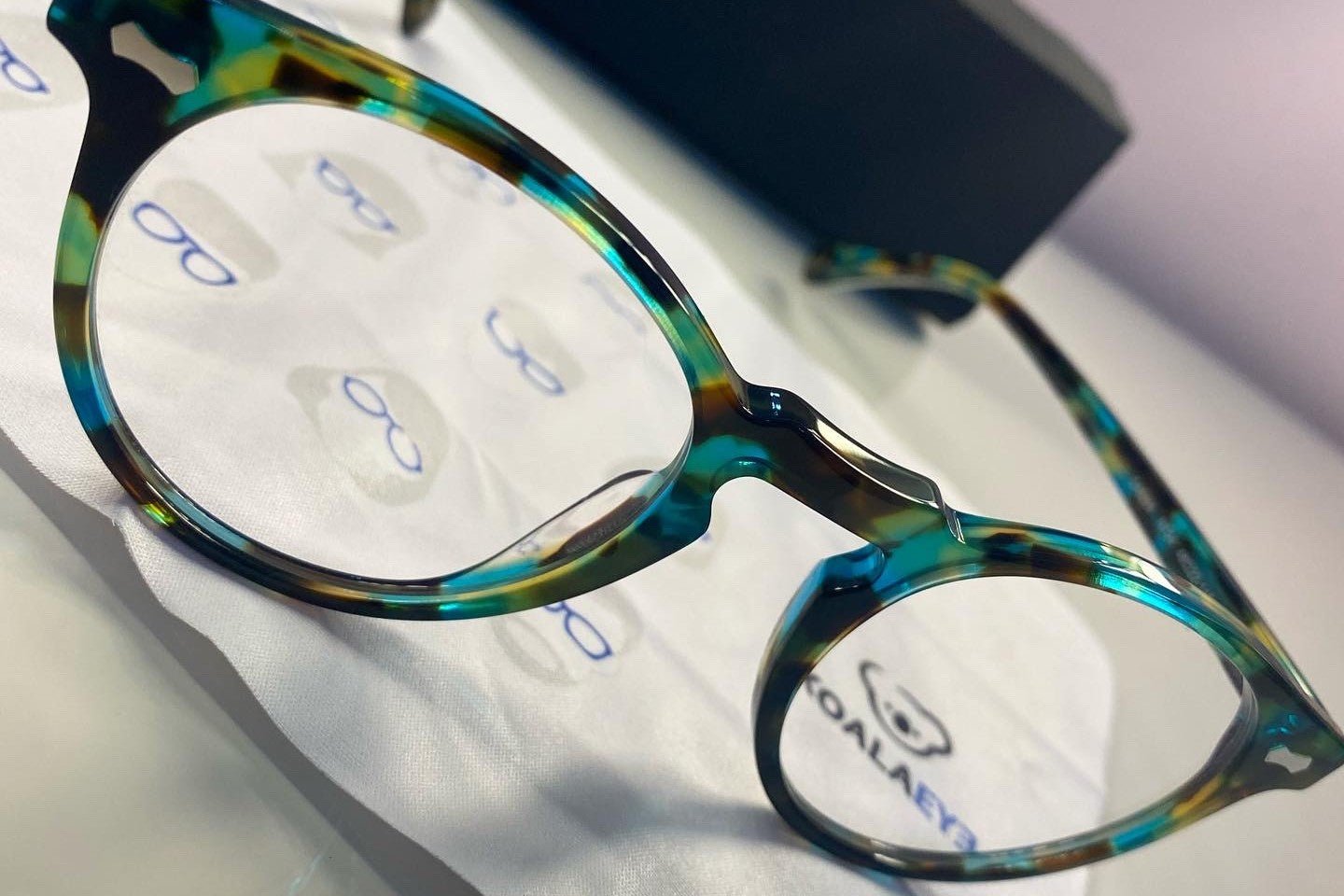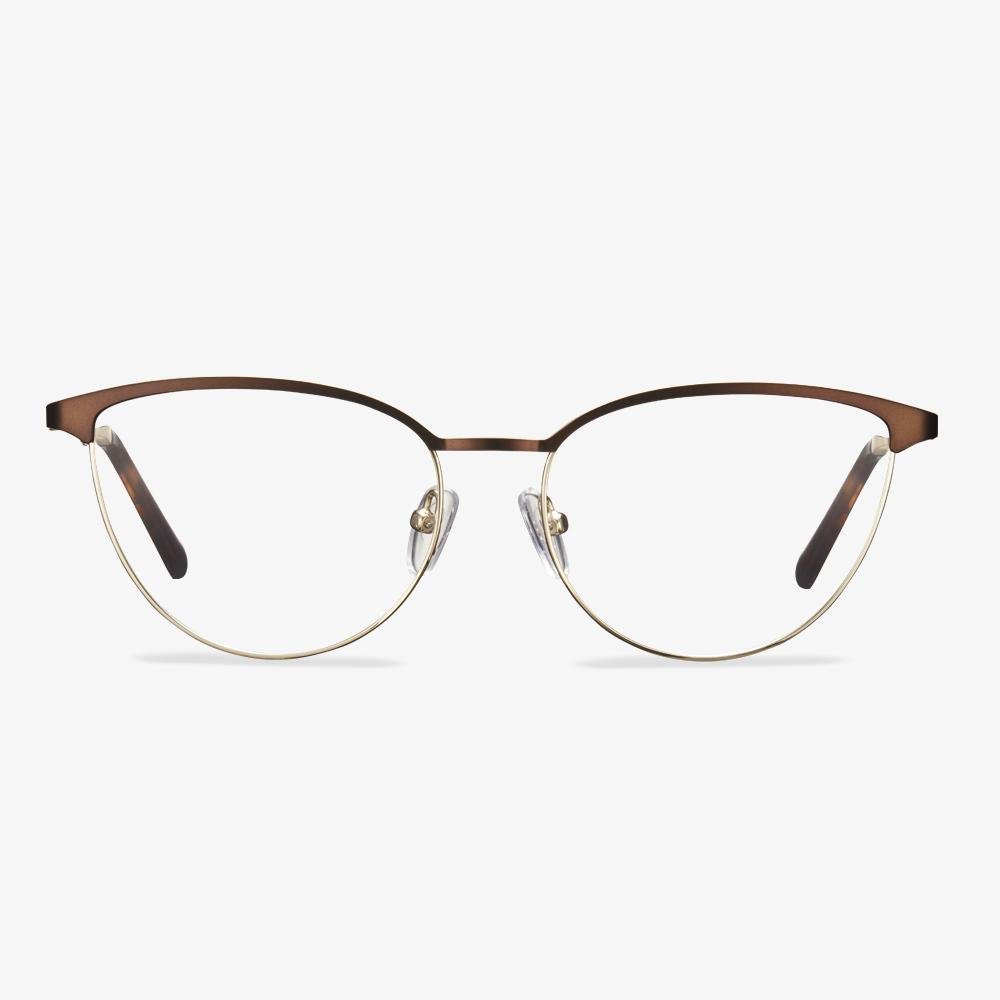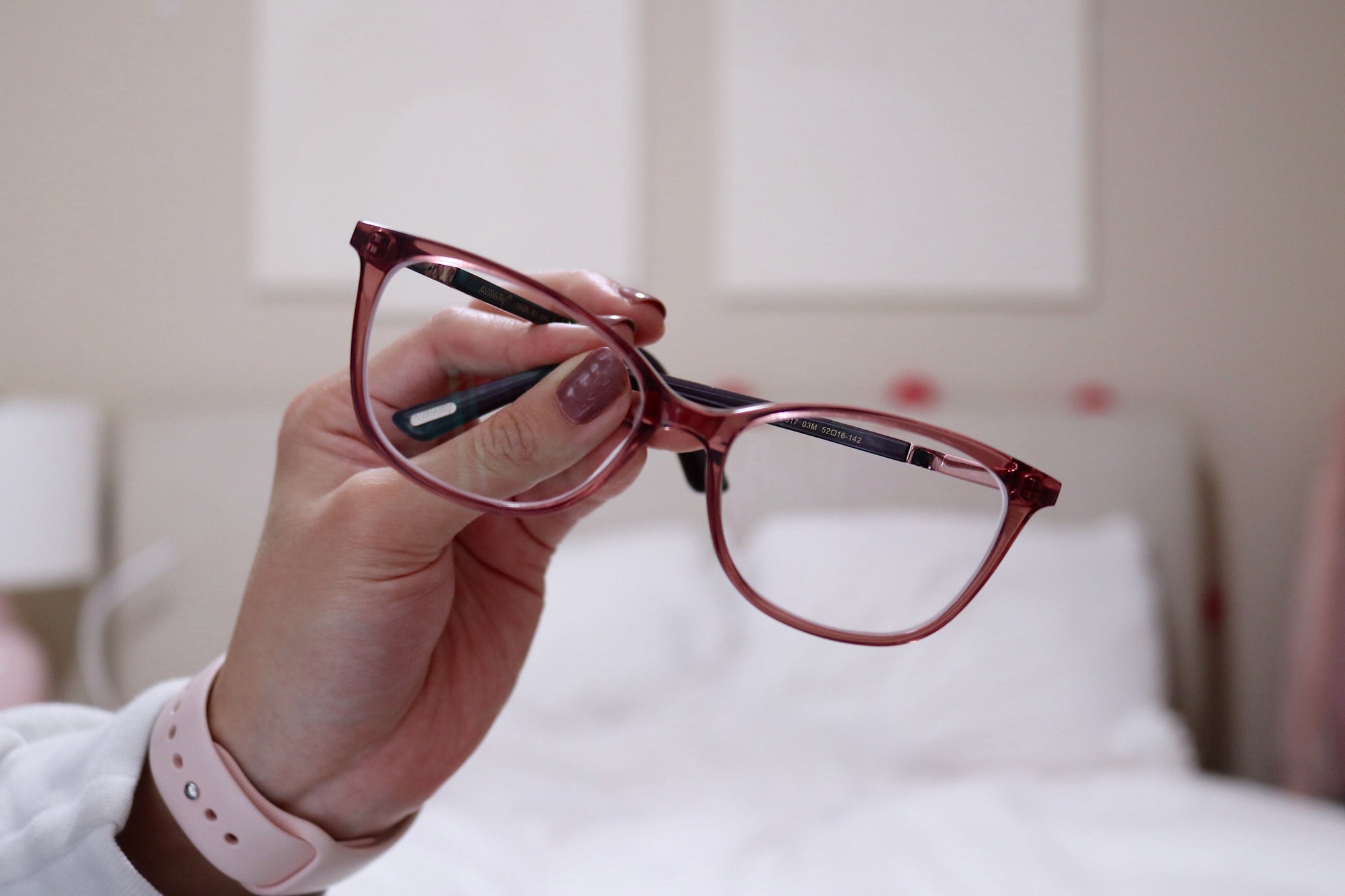How to Remove Coating from Plastic Glasses?
To remove coating from plastic glasses, you need to prepare some things which are etching cream, cotton buds or a small brush, rubber gloves, protective glasses and microfiber cloth.
Now, we will show you how to remove coating from glasses.
- With a cotton swab, scoop a little bit of etching cream. Carefully apply it to the whole surface of the lens. (both front and back).
- Let it sit for 5 minutes.
- With another cotton swab, do a little scrubbing around the surface of the lens. (both front and back).
- Wash thoroughly with soap and water.
Then repeat the processes if there is any coating left. After all steps are finished, you can successfully remove coating from plastic glasses.
The best way to drive at night
Contrary to what night driving glasses manufacturers to want you to believe, the best way to enhance the night driving experience is to obtain clear anti-glare glasses. Unlike the potentially dangerous yellow tint, the anti-glare glasses are designed purely to keep your vision clear and glare-free in all night driving situations and even during the day.
You can find a pair suitable for the road in any optical shop! The best part of these glasses is that they don't have a thick wrap frame and have a gorgeous sun visor like most night driving glasses. You can modify and customize any style of glasses with anti-glare lenses, even your daily prescription glasses.
The Cons of Progressive Lenses
In this section, we will show you the cons of progressive lenses. There are some problems with progressive lenses especially when walking up and downstairs. Since the reading correction is at the bottom, the stairs may appear closer than they actually are. But this problem can disappear if you have adapted to them.
In addition, all measurements must be exact when creating a pair of progressive glasses. The optical center of the lenses must be placed exactly in front of your pupils in order to the lenses to work correctly.
Also, some people may find that it is difficult to adapt the progressive lenses, and it may take a few days to adapt them.
These are the progressive glasses’ pros and cons. If you want to a pair of progressive glasses, Koalaeye glasses are recommended. Koalaeye glasses are stylish and come at a cheap price. Besides progressive glasses, Koalaeye Optical also provides other eyeglasses, such as blue light block glasses, polarized glasses, sunglasses, and so on. So, if you need a pair of progressive glasses, try Koalaeye glasses.
Best Titanium Eyeglasses Frames Brand - LUNOR
LUNOR, a traditional eyewear brand from Germany's Swabia region, has become a favorite of Hollywood stars. Because at the heart of each product is a classic vintage design, equally unique and timeless, reflecting a true passion for processing.With hundreds of years of eyewear history, each piece of this brand is a tribute to traditional eyewear manufacturing.
How to Adjust Crooked Glasses
If one side of your frame looks higher than the other, you need to adjust the arms of your glasses. So, how to adjust glasses?
If the right side is higher than the left, you need to gently bend the left arm down at the hinge or where the arm bends behind your ear. If the left side is higher than the left, so just do the same action on the opposite side.
When adjusting crooked glasses, you need to adjust frames a little bit at a time to avoid overcompensating and possibly damaging your glasses. You can run the arms under the warm water but do not running the warm water over the lenses because it will affect the lens coating.
Recycling glasses is one of the projects.
Eyewear recycling is one of the Lions Club's most high-profile and well-known programs. Lions Club has been collecting eyeglasses for over 80 years and Vision Recycling has been the official program of Lions Clubs International since 1994. Refractive errors can be easily corrected by wearing glasses, but millions of people in developing countries still do not have this basic eye care. Lions' collection of glasses enabled many people in these countries to see clearly for the first time. Lions also collect used hearing AIDS!
Basic principles of progressive lenses
The surface of the progressive slice is divided into five regions. There are far, middle, and near optical areas. They are respectively corresponding to see distant objects, middle distance objects in the near distance objects. One pair of glasses is multi-purpose. In appearance, it is not very different from regular lenses. There is no clear dividing line. Distal use area: The area above the progressive slice is the distal use area, which is used to correct the distal refractive error. Proximity area: from the matching lens cross down, the refractive power of the lens continuously increases the positive degree, which is used to see close objects. Gradient area: The channel connecting the far and near areas. It is an area of regular change from top to bottom, used for transitioning and seeing objects at intermediate distances. The length of the gradient is very important for the wearer's adaptation. The rate at which the degree of gradient changes is called gradient. The gradient can be uniform or variable. Peripheral area: Changes in the surface curvature of the lens will lead to aberrations in the peripheral areas on both sides of the lens, mainly astigmatism and prism effect, which will interfere with a vision to a certain extent, resulting in blurred vision or distortion. And it will affect the wearer's adaptation to the progressive lens.











































